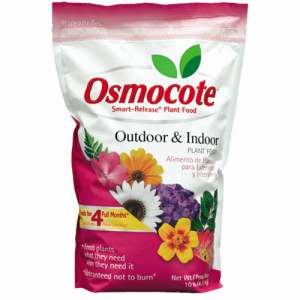
What is the best crop nutrition for Zantedeschia?
Zantedeschia are gross feeders and respond well to regular water and nutrient. Optimum pH for callas is 6 - 6.5. If planting in soil, take a general soil test 2-3 months before planting to allow time for balancing nutrient and correcting pH. Addition of composted organic material can assist nutrient holding capacity and tuber growth.
A base dressing of NPKMg plus trace elements will supply the necessary balance of nutrients for plant growth. Use lime, dolomite or gypsum to correct calcium (Ca). Gypsum can be used to increase Ca without increasing pH (1-2kg /100m2).
Controlled release fertilisers (eg. Nutricote®, Osmocote®, Triabon®) are all excellent for callas. Rates will depend on test results for natural soil, or if a soil-less media is used. Water soluble fertilisers (eg. Peters Excel, Cal-Mag, Kristalon) can also be used along with a range of natural plant growth catalysts eg. seaweed.
Foliar feeding should only be used as a remedial backup as is much less effective than liquid feeding.
Avoid high Nitrogen (N), especially later in the crop cycle as it may promote lush vegetative growth prone to plant stress. N is best applied in NO3 form eg. CaNo3 rather than NH4.
Daily monitoring of pH, EC and moisture levels are critical throughout the crop cycle. Optimum EC post planting is 0.9-1.8.
Adjust N-K ratios throughout the growing cycle:
Planting 2:1
Pre-flowering (6-8 weeks) 2:1.5
Flowering 1:1
End of flowering 1:1.5
Tuberisation 1:3
Typical liquid fertilizer rates to give an EC of 0.8-1.2 are:
N 125-150ppm
P 30ppm
K 125-175ppm
Mg 20-25ppm
Ca 60-70ppm
Increased fertigation during flowering can significantly increase flower quantity and addition of certain elements like Fe (1g/100l) can have a positive effect on colour intensity (eg. Majestic Red).
What is the best method of irrigation?
Clean water with a residual bacteriostat is a proven component of achieving optimum production and controlling plant mortality/soft rot
Water volume depends on soil/media drainage capacity and evapo-transpiration. Plant stress may arise from too much or too little water.
In semi hydroponic situations much greater quantities of clean/treated water with added residual are required
Ground level drippers (e.g. T-Tape® or pressure compensated drip lines) conserve water and provide more uniform watering
What is the best treatment for Erwinia?
Erwinia commonly know as soft rot is the major disease issue with Zantedeschia. We have prepared a tech paper to assist you with prevention and management of this disease.
What is the best treatment for pseudomonas bacterial infection?
Remove any affected leaves and dispose of outside the growing area. Use copper hydroxide at 2g per litre and spray to run off. We then ensure maximum crop ventilation and avoid overhead irrigation for up to 48 hours to allow as much drying as possible. Repeat the process after 2-3 days.
